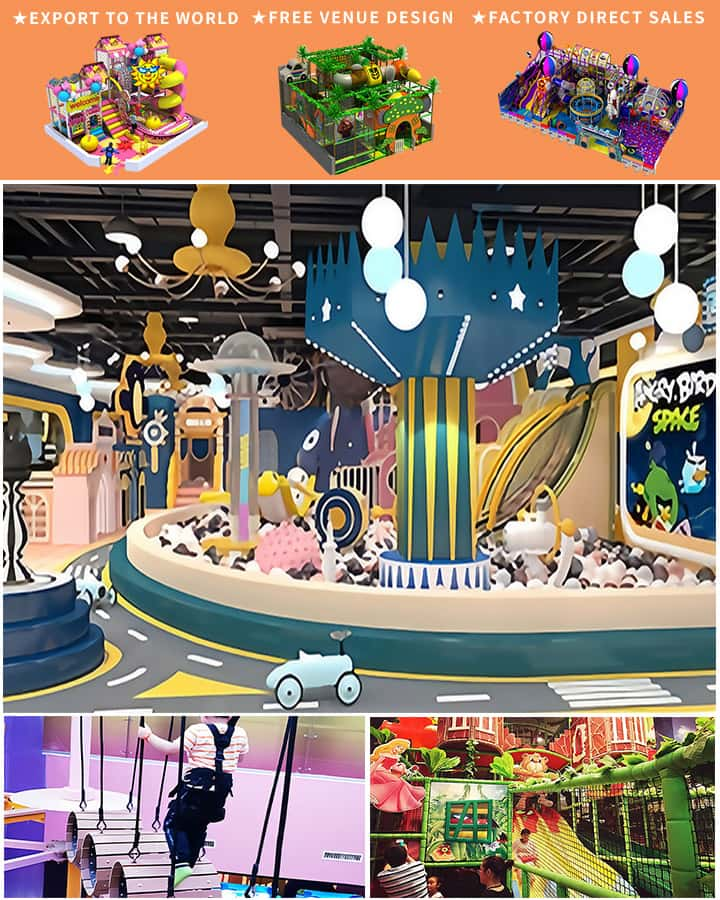Indoor playgrounds have become increasingly popular over the years, offering a safe and engaging environment for children to play, even in less than ideal weather conditions. Whether you’re a parent looking for recreational options or a business owner contemplating opening an indoor play center, understanding the average cost associated with these facilities is crucial. This article delves into the various factors that contribute to the average cost of indoor playgrounds, providing a comprehensive overview.
Understanding the Factors Affecting Cost
- Location
- Geographic Location: One of the most significant determinants of the cost of an indoor playground is its geographic location. Cities with higher living costs naturally see higher prices for indoor play areas. For example, indoor playgrounds in metropolitan areas like New York or San Francisco may charge more compared to those in smaller towns or rural areas.
- Proximity to Amenities: The convenience of being near other family-friendly amenities such as restaurants, malls, or cinemas can also influence pricing. Indoor playgrounds situated in prime locations tend to have higher operational costs, which are often passed on to customers.
- Size and Facilities

- Playground Size: Larger indoor playgrounds offer more space and a wider variety of equipment, which generally translates to higher costs. These facilities can host more children simultaneously, making them ideal for larger groups and parties.
- Equipment Variety: The range and quality of play equipment significantly impact costs. Advanced structures like climbing walls, ball pits, and interactive games usually require a substantial initial investment and maintenance, contributing to higher overall expenses.
- Operational Hours and Services
- Extended Hours: Indoor playgrounds that offer extended hours, such as evening and weekend slots, often come at a premium. This flexibility allows parents to manage their schedules better but requires additional staffing and operational costs.
- Additional Services: Many indoor playgrounds provide extra services like party hosting, educational programs, and snack bars. These supplementary offerings enhance the customer experience but add to the operational expenses, reflected in the pricing structure.
- Safety and Maintenance
- Safety Standards: Indoor playgrounds must adhere to rigorous safety standards to ensure a secure environment. Compliance with local regulations, regular inspections, and necessary certifications add to the cost. Safety measures are non-negotiable and are a critical aspect of operating such facilities.
- Maintenance: Routine maintenance and occasional upgrades are essential to keep the equipment in top condition. Wear and tear from heavy usage necessitate ongoing investment, influencing the average cost of running an indoor playground.
Typical Cost Range
The cost of visiting an indoor playground can vary widely based on the aforementioned factors. On average, parents might expect to pay anywhere from \(10 to \)20 per child for a few hours of playtime. Some premium facilities or those located in affluent areas may charge upwards of $25 per child. Additionally, many indoor playgrounds offer monthly memberships or discounted rates for frequent visitors, which can help mitigate some of the costs over time.
Value Proposition
Despite the varying costs, indoor playgrounds offer considerable value by providing a controlled, safe environment where children can expend energy, engage in physical activity, and socialize with peers. The joy and developmental benefits they provide often outweigh the financial investment for many families. Moreover, the peace of mind that comes with knowing your child is playing in a secure setting is an irreplaceable advantage.
Conclusion
The average cost of indoor playgrounds is influenced by multiple factors including location, size, services offered, and adherence to safety standards. While costs can vary, the benefits of providing a safe and stimulating environment for children make these facilities a worthwhile investment for both operators and parents alike. Understanding what goes into the pricing can help stakeholders make informed decisions, ensuring that indoor playgrounds continue to be cherished spaces for fun and development.




